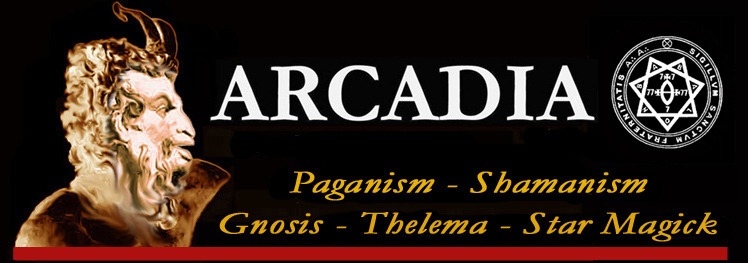

|
The
term was not invented by the 1750 club, they first met to celebrate an
earlier club founded in 1720 by Charles Edward. Other clubs using the name
were set up throughout the 18th century. At
the first gathering in May 1746, they met at the George and Vulture public
house in Lombard Street, London, the meeting place of the 1720s group. The
initial membership was limited to twelve but it soon increased. Of the
original twelve, seven have been almost certainly identified (Dashwood,
Vansittart, Hogarth, Potter, Duffield, Thompson, Whitehead), but the list
of potential members is immense. They did not call themselves the Hellfire
Club but used a number of mockingly religious titles, initially the
Brotherhood of St. Francis of Wycombe but other titles used included the
Order of Knights of West Wycombe and later the Monks of Medmenham. The
members called each other brothers and referred to Dashwood as abbot,
female guests were nuns. Unlike the more determined Satanists of the 1720s
the club motto was Fay ce que vouldras from François
Rabelais.
Although indulging in pseudo-Satanic rites the 'monks' were keener
devotaries of Bacchus
and Venus.
The
George and Vulture burned down in 1749, possibly due to a club meeting.
After a hiatus meetings were resumed at members homes. Dashwood built a
temple in the grounds of his West Wycombe home and nearby 'catacombs' were
delved. The first meeting at Wycombe was held on Walpurgis
Night,
1752, a much larger meeting it was something of a failure and no
large-scale meeting were held there again. Despite this and the
factionalising of the club Dashwood acquired the ruins of Medmenham Abbey
in 1755, which was rebuilt by the architect Nicholas Revett in the style
of the 18th century Gothic revival. In 1762 factional stresses and
political rivalries turned the affairs of the club into public clashes and
under heavy pressure the club finally disbanded.
|